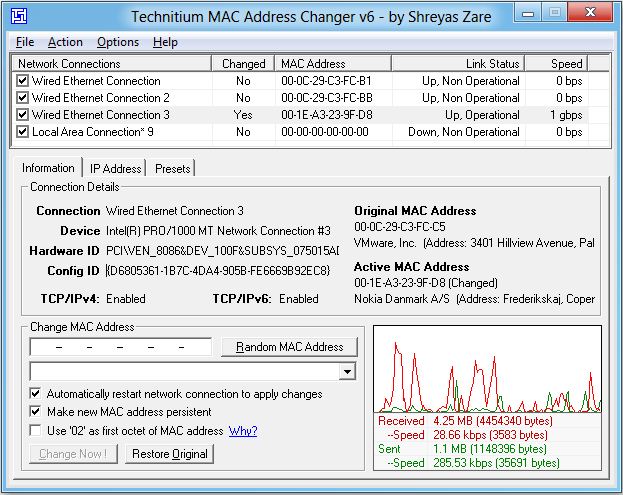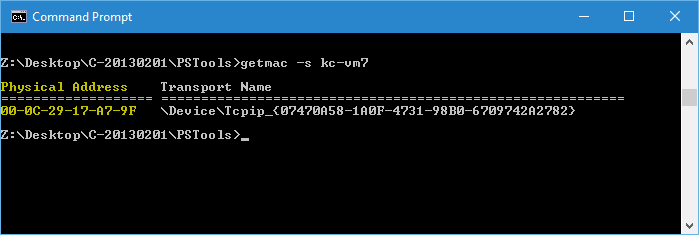
The following are a few example of tools you can use to perform an IPv6 traceroute. The result of the traceroute will look similar to the results of an IPv4 traceroute, only the IP address formatting will be different. With these online IPv6 traceroute tools, you can specify an IPv6 address or hostname and run a traceroute command against it. The following section will describe a few of these tools. There are many IPv6 traceroute tools available to accommodate the new IP format. IPv6 addresses are written in 8 hexadecimal blocks separated by colons.

The example above is using a traditional IPv4 address however, IPv6 addresses are formatted differently. These commands will return a list of hops, round trip times, and router IP addresses. For example, if you want to test the connection between your current location and Google's public DNS for example, you would need to run the following command traceroute 8.8.8.8 (on Mac) or tracert 8.8.8.8 (on Windows). What is a traceroute command?Ī traceroute command is used to test the connection and latency between two predetermined points. This will allow you to perform a traceroute command to a particular IPv6 supported host. For example, traceroute tools are being updated / created to support IPv6 traceroute. As the Internet moves from using IPv4 to IPv6 there will also be many updates to online tools. The transition from IPv4 to IPv6 is gradual and will certainly take time, however, is necessary in order to keep moving the web forward. Read our complete IPv6 tutorial to learn more about the differences and improvements of IPv6 compared to IPv4. IPv4 is currently able to supply 4.2 billion IP addresses while IPv6 is able to provide 340 undecillion (36 zeros).


The main reason for updating the Internet Protocol from IPv4 to IPv6 is simply due to the shortage of available IP addresses.
#TRACEROUTE MAC ADRESS UTILITY FOR WINDOWS UPDATE#
IPv6, or Internet protocol version 6, is the most recent update to the Internet Protocol and is the successor of IPv4.


 0 kommentar(er)
0 kommentar(er)
